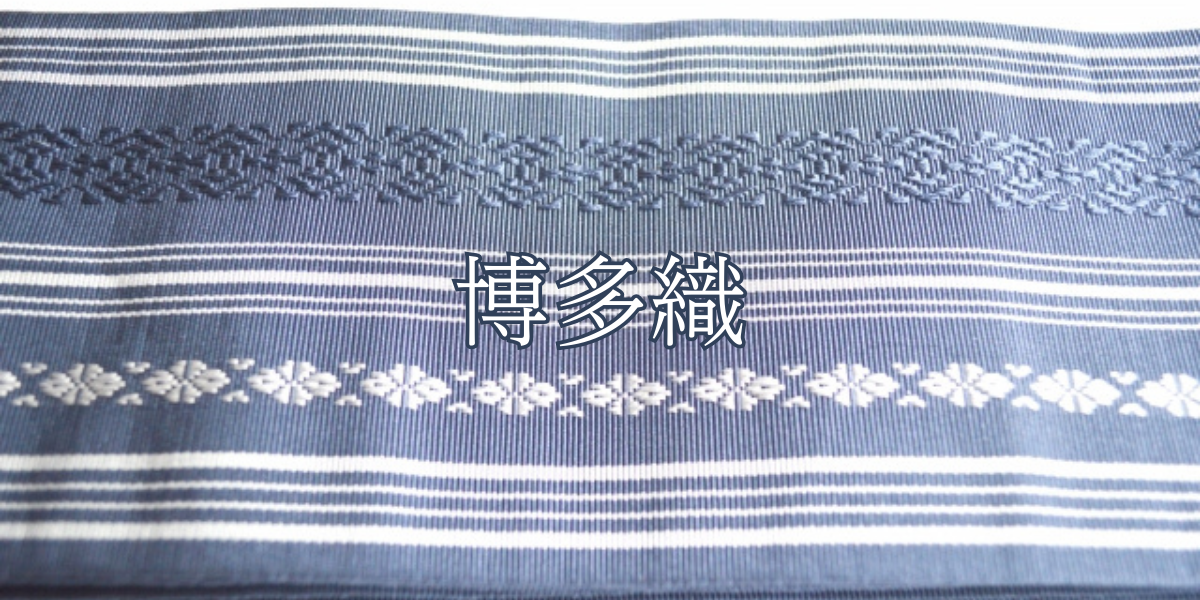Here is the English translation of the article with HTML tags, SEO considerations, and kanji/hiragana in parentheses where necessary:
Japan has long been a country where delicate aesthetic sensibilities and traditional crafts thrive. Among them, “Hakata-ori” (博多織, はかたおり) is known for its vibrant beauty woven from colorful threads and its assured quality. In this article, we delve into the allure of Hakata-ori, exploring its history, production areas, manufacturing process, and where to purchase it.
What is Hakata-ori?
Hakata-ori is a type of silk fabric that dates back to the Muromachi period. It is characterized by its intricate weave and high durability, and is mainly used for obi (sashes) and small items. Its unique luster, crisp texture, and delicate yet powerful weave have captivated many people over the years.
The Production Area of Hakata-ori
The main production area for Hakata-ori is the Hakata district of Fukuoka City, Fukuoka Prefecture. This region is blessed with a warm climate and a rich natural environment, where the techniques of Hakata-ori have been passed down and developed.
The History of Hakata-ori
The history of Hakata-ori begins with the weaving techniques brought back from China by Hashimoto Kuroemon, a merchant from Hakata who is considered the founder of the craft, during the Muromachi period. Over many eras, the weaving techniques were refined, establishing Hakata-ori as one of Japan’s representative traditional crafts.
The Manufacturing Process of Hakata-ori
The manufacturing process of Hakata-ori is as follows:
- Design: The patterns and colors are designed.
- Warp preparation: The warp threads are prepared and set on the loom.
- Weaving: The fabric is woven using a loom.
- Finishing: The woven fabric is finished.
Notable Hakata-ori Manufacturers
The following are notable manufacturers of Hakata-ori:
- Hashimoto Textile Co., Ltd.
A long-established company that continues to preserve the traditional techniques of Hakata-ori.
Address: 1-2-3 Hakata-ekiminami, Hakata-ku, Fukuoka City, Fukuoka Prefecture - Hakata-ori Manufacturers Association
An organization that aims to maintain the quality and pass on the techniques of Hakata-ori.
Address: 2-4-5 Hakata-ekihigashi, Hakata-ku, Fukuoka City, Fukuoka Prefecture - Yamamoto Textile Factory
Pursues new possibilities for Hakata-ori with innovative designs.
Address: 4-5-6 Higashi-Hie, Hakata-ku, Fukuoka City, Fukuoka Prefecture
Where to Buy Hakata-ori
Here are some places where you can purchase Hakata-ori:
- Hakata-ori Hall
A facility that exhibits and sells Hakata-ori.
Address: 3-23-17 Hakata-ekimae, Hakata-ku, Fukuoka City, Fukuoka Prefecture - Ori no Shoka
A specialty store that carries a wide range of Hakata-ori products.
Address: 2-10-1 Tenjin, Chuo-ku, Fukuoka City, Fukuoka Prefecture - Traditional Crafts Gallery
Sells traditional Japanese crafts, including Hakata-ori.
Address: 1-2-3 Daimyo, Chuo-ku, Fukuoka City, Fukuoka Prefecture
Hakata-ori Related Facilities
The following are facilities related to Hakata-ori:
- Hakata Traditional Craft Center
A facility where you can learn about the history and techniques of Hakata-ori.
Address: 5-6-7 Reizenmachi, Hakata-ku, Fukuoka City, Fukuoka Prefecture - Hakata Machiya Furusato-kan
A tourist facility that recreates traditional Hakata townhouses.
Address: 8-9-10 Nakasu-Kawabata, Hakata-ku, Fukuoka City, Fukuoka Prefecture - Hakata-ori Workshop
A workshop where you can observe the actual weaving of Hakata-ori.
Address: 1-2-3 Tanayamachi, Hakata-ku, Fukuoka City, Fukuoka Prefecture
Conclusion
Hakata-ori is one of Japan’s representative traditional crafts, known for its beauty, durability, and deep history. When visiting Fukuoka, be sure to experience the texture and feel of Hakata-ori for yourself. Wearing Hakata-ori is nothing less than wrapping yourself in the tradition of Japan.

























